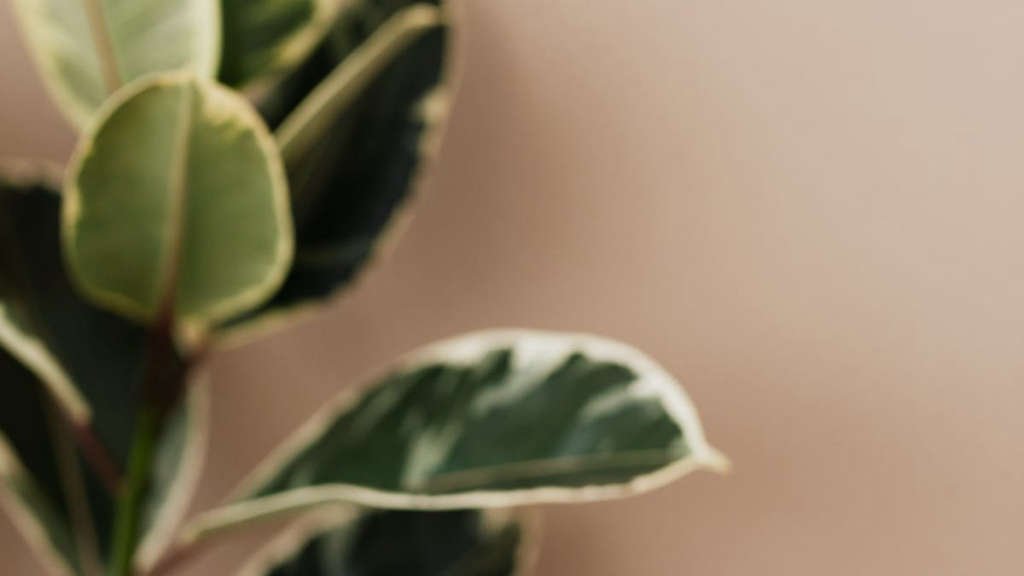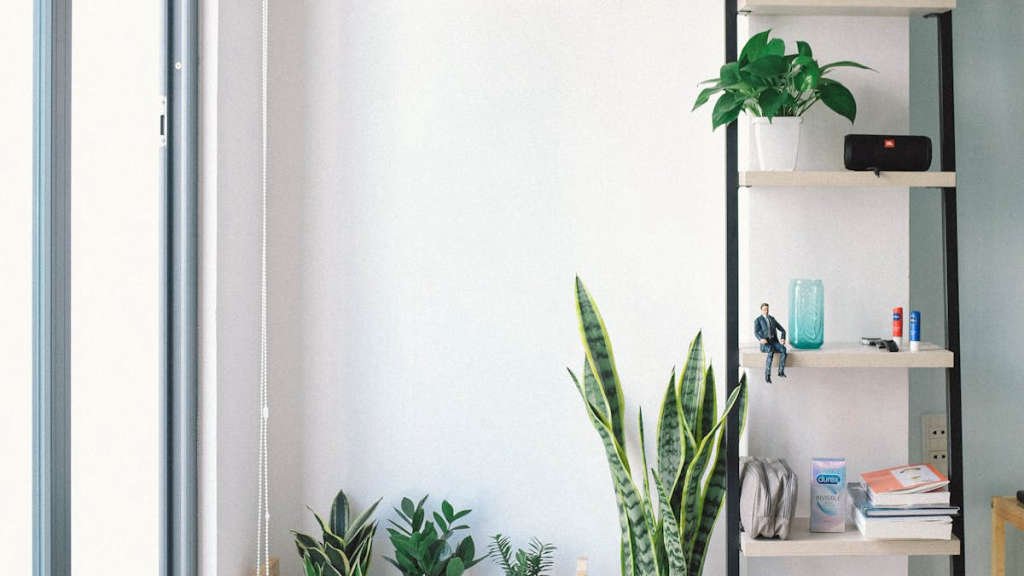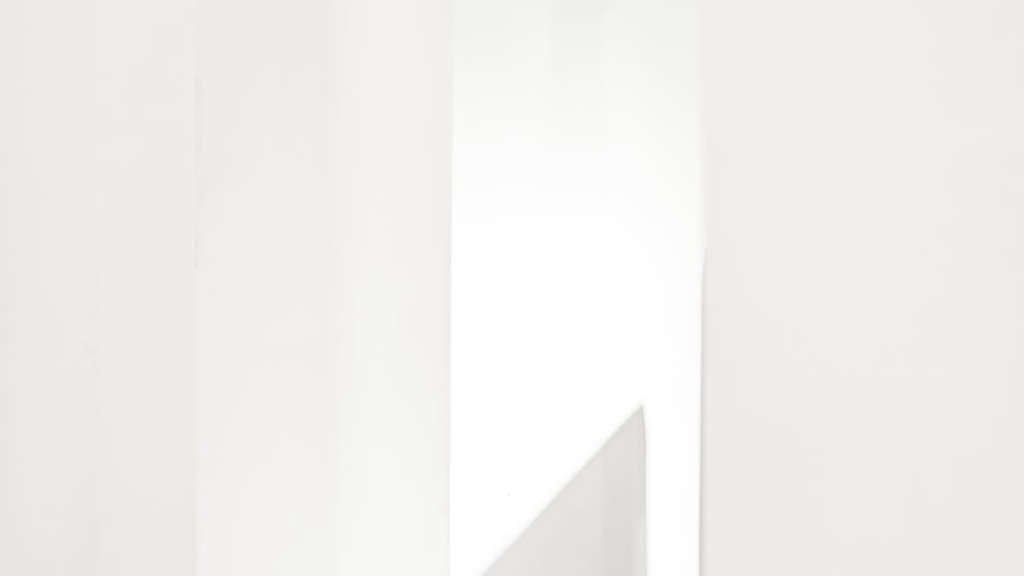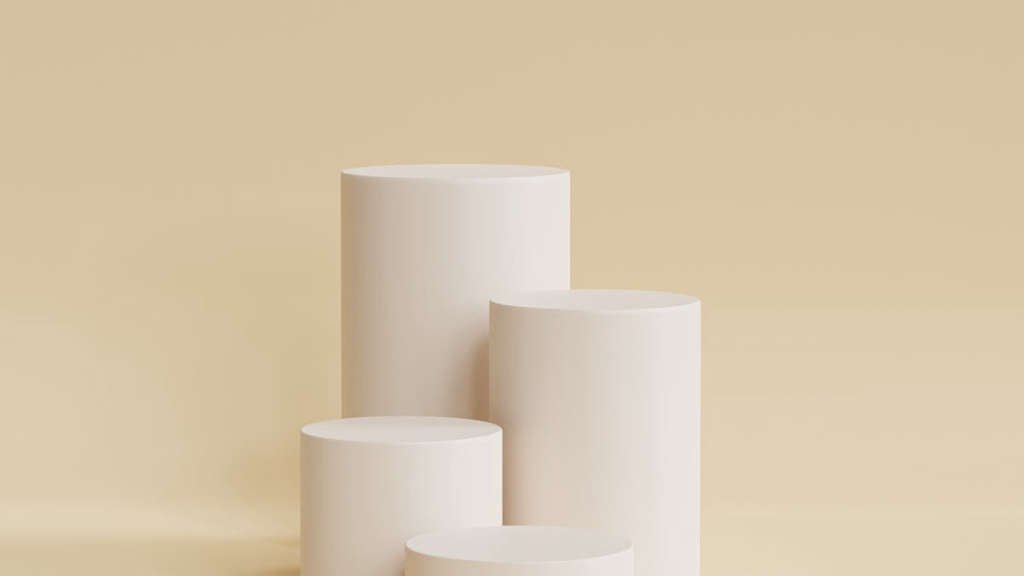
Exploring the essence of minimalist aesthetic is like delving into a world of simplicity, sophistication, and elegance. The minimalist design approach is all about stripping away the excess to reveal the beauty of simplicity, creating spaces that are clean, sleek, and effortlessly stylish. Embracing the principles of minimalist aesthetic allows us to appreciate the beauty of less, focusing on high-quality materials, timeless design, and a sense of calm and clarity in our surroundings.
Main Points:
- Minimalist aesthetic is all about simplicity, sophistication, and elegance.
- The design approach focuses on stripping away excess to reveal the beauty of simplicity.
- Minimalist spaces are characterized by cleanliness, sleekness, and effortless style.
- By embracing minimalist design principles, we can appreciate the beauty of less and create a sense of calm and clarity in our spaces.

The Art of Simplicity: Understanding Minimalism in Design
Minimalism in design is a concept that focuses on simplicity, clean lines, and a minimalist approach to aesthetics. It is all about simplicity, elegance, and efficiency. In today’s fast-paced world, where clutter and complexity can overwhelm us, minimalism offers a breath of fresh air.
Minimalist design approach
A minimalist design approach involves stripping away unnecessary elements and focusing on what is essential. It is about creating a sense of calm and clarity through design.
Sleek minimalist design
A sleek minimalist design often incorporates a monochromatic color palette, clean typography, and white space to create a sense of harmony and balance.
Minimalist design principles
Some key principles of minimalist design include:
- Simplicity: Keeping designs simple and clutter-free.
- Functionality: Ensuring that every element serves a purpose.
- Minimal color palette: Using a limited color palette to create a cohesive look.
By understanding the art of simplicity and embracing minimalist design principles, you can create visually appealing and impactful designs that resonate with your audience.

Less is More: The Power of Minimalist Aesthetic
In a world filled with constant noise and distractions, the concept of minimalism has taken on a new level of importance. The idea that less is more has become a mantra for many individuals seeking simplicity and clarity in their lives. From interior design to fashion, the minimalist aesthetic has become a powerful trend that continues to gain popularity.
One of the key principles of minimalist design is simplicity. By stripping away unnecessary elements, minimalist designs focus on the essentials, creating a sense of calm and harmony in the space. This intentional editing process allows for a clean and uncluttered look that is both visually appealing and functional.
The Benefits of Minimalism
| Increased Focus | Reduced Stress | Enhanced Creativity |
|---|---|---|
| Minimalist environments can help improve concentration and productivity by eliminating distractions. | Clutter-free spaces have been shown to reduce stress levels and promote a sense of calm. | A minimalist aesthetic can inspire creativity by providing a clean and clear canvas for new ideas. |
Whether it’s a sleek monochromatic outfit or a minimalist living room, the power of minimalism lies in its ability to focus on what truly matters. By embracing simplicity and decluttering our surroundings, we can create a sense of peace and balance in a chaotic world.

Minimalism as a Lifestyle Choice: Streamlining Your Life
In a world filled with constant distractions and overwhelming choices, many individuals are turning to minimalism as a lifestyle choice. Embracing minimalism means intentionally focusing on what truly matters to you and eliminating the excess that clutters your life. This can apply to various aspects of your life, including your possessions, relationships, and commitments. By simplifying and streamlining, you can create more time, space, and energy for the things that bring you joy and fulfillment.
The Benefits of Minimalism
One of the key benefits of adopting a minimalist lifestyle is the sense of freedom it brings. By decluttering your physical space, you can reduce feelings of overwhelm and create a more peaceful environment. Additionally, simplifying your commitments and relationships can lead to less stress and more meaningful connections. Minimalism also encourages mindfulness and intentionality, as you become more aware of what truly adds value to your life.
Another important aspect of minimalism is sustainability. By consuming less and focusing on quality over quantity, you can reduce your environmental impact and contribute to a more sustainable future. Minimalism is not just about what you own, but also about how you choose to live and interact with the world around you. It is a conscious decision to live with intention and purpose.
How to Embrace Minimalism
Embracing minimalism is a gradual process that looks different for everyone. Start by decluttering your physical space and getting rid of items that no longer serve a purpose or bring you joy. Evaluate your commitments and relationships, and consider letting go of those that drain your energy or do not align with your values. Practice mindfulness and gratitude, focusing on the present moment and appreciating the simple pleasures in life.
Remember, minimalism is not about deprivation or restriction. It is about creating a life that is intentional, meaningful, and aligned with your values. By streamlining your life and focusing on what truly matters, you can cultivate a sense of peace, balance, and fulfillment.
Minimalist Spaces: Creating Serenity in Your Environment
In today’s fast-paced world, we are constantly bombarded with stimuli from our environment. This can lead to feelings of overwhelm and stress, making it crucial to create a serene space where you can relax and recharge. One effective way to achieve this is through minimalist design.
Benefits of Minimalist Spaces:
Embracing a minimalist approach to your living space can have a multitude of benefits for your mental and emotional well-being. Some of the key advantages include:
- Clarity: By removing clutter and excess items, you can create a sense of clarity and focus in your environment. This can help reduce feelings of anxiety and promote a calmer mindset.
- Peace: A minimalist space can evoke feelings of peace and tranquility, allowing you to unwind and de-stress after a long day. Simplifying your surroundings can have a profound impact on your overall mood.
- Functionality: Minimalist design is all about functionality and purpose. Each item in your space serves a specific function, eliminating unnecessary distractions and creating a more efficient living environment.
Tips for Creating a Minimalist Space:
If you’re looking to incorporate minimalist design principles into your home, consider the following tips:
| Tip | Description |
|---|---|
| Declutter | Get rid of items that no longer serve a purpose or bring you joy. Keep only the essentials. |
| Neutral Color Palette | Opt for a neutral color scheme to create a sense of calm and cohesion in your space. |
| Quality over Quantity | Invest in high-quality, timeless pieces rather than filling your space with cheap, disposable items. |
By embracing minimalist design principles and creating a serene environment, you can transform your living space into a peaceful sanctuary where you can truly unwind and rejuvenate.
Minimalist Fashion: Timeless Style with a Modern Twist
Minimalist fashion has been a popular choice for those who appreciate simplicity and elegance in their wardrobe choices. With a focus on clean lines, neutral colors, and high-quality materials, minimalist fashion offers a timeless style that can easily be adapted to fit any occasion. Whether you’re heading to the office or out for a casual weekend brunch, minimalist fashion allows you to look effortlessly chic without any unnecessary clutter.
One of the key elements of minimalist fashion is the concept of simplicity. By focusing on essential pieces that are well-made and versatile, you can create a wardrobe that is both practical and stylish. This means investing in classic items such as a tailored blazer, a crisp white shirt, and a pair of tailored trousers that can be mixed and matched to create a variety of looks.
The Beauty of Minimalism
Another important aspect of minimalist fashion is the emphasis on quality. Instead of filling your closet with cheap, fast fashion pieces that will quickly go out of style, minimalist fashion encourages you to invest in high-quality pieces that will last for years to come. This not only helps reduce waste and promote sustainability but also ensures that you always look polished and put-together.
Finally, minimalist fashion offers a modern twist on classic styles. By incorporating contemporary silhouettes, unexpected textures, or subtle pops of color, you can add a fresh and exciting element to your minimalist wardrobe. Whether it’s a sleek leather jacket or a pair of statement earrings, these modern touches can elevate your look and make it uniquely your own.
In conclusion, minimalist fashion is a timeless style that combines the best of classic elegance with a modern sensibility. By embracing simplicity, quality, and a touch of creativity, you can create a wardrobe that is both sophisticated and stylish, without ever feeling outdated. So why not give minimalist fashion a try and see how it can transform your wardrobe and your outlook on style?
Minimalist Art: Embracing Subtlety and Sophistication
In the world of art, minimalist art has gained popularity for its simplicity, elegance, and understated beauty. Embracing the philosophy of “less is more,” minimalist art focuses on clean lines, subtle colors, and minimalistic compositions.
The Origins of Minimalist Art
Minimalist art emerged in the 1960s as a response to the abstract expressionist movement that dominated the art world. Artists like Donald Judd, Agnes Martin, and Frank Stella embraced minimalist principles and created artworks that celebrated simplicity and geometric forms.
The Beauty of Minimalism
Minimalist art encourages viewers to appreciate the subtlety and sophistication of the artwork. By stripping away excess detail, minimalist artists create pieces that allow space and silence to take center stage. This emptiness invites contemplation and reflection, inviting the viewer to connect with the artwork on a deeper level.
“Simplicity is the ultimate sophistication.” – Leonardo da Vinci
Minimalist Art in Modern Times
Today, minimalist art continues to influence contemporary artists across various mediums. From architecture to interior design, the principles of minimalism can be seen in clean lines, neutral colors, and functional spaces. Minimalist art has proven timeless, appealing to those who appreciate the beauty of simplicity and elegance.
| Key Concepts | Examples |
|---|---|
| Subtlety | Minimalist paintings with muted colors |
| Sophistication | Minimalist sculptures with clean lines |
| Elegance | Minimalist photography with simple compositions |
Conclusion
In conclusion, the concept of ‘undefined’ allows for a sense of freedom and unlimited possibilities in various aspects of life. Embracing this ambiguity can lead to a deeper understanding of oneself and the world around us. The minimalist aesthetic, with its focus on simplicity and essentialism, can be a guiding principle in navigating the uncharted territory of the undefined. By stripping away excess and embracing the beauty of the unknown, we can truly appreciate the richness and depth of the undefined aspects of life.
Frequently Asked Questions
What is minimalist aesthetic?
Minimalist aesthetic is a design or style that emphasizes simplicity and focuses on only essential elements, often characterized by clean lines, neutral colors, and uncluttered spaces.
How can I achieve a minimalist aesthetic in my home?
To achieve a minimalist aesthetic in your home, you can start by decluttering and getting rid of unnecessary items, choosing simple and streamlined furniture, using a neutral color palette, and emphasizing functionality and clean lines in your decor.
What are the benefits of a minimalist aesthetic?
Some benefits of a minimalist aesthetic include reduced stress from having a clutter-free environment, increased focus and productivity, easier maintenance and cleaning, and overall visual harmony and simplicity.
Can I incorporate pops of color in a minimalist aesthetic?
Yes, you can incorporate pops of color in a minimalist aesthetic. Select a few bold and intentional pops of color to add visual interest while still maintaining the overall simplicity and clean aesthetic.
Is minimalism the same as minimalist aesthetic?
While minimalism is a lifestyle or mindset focused on living with less and simplifying, minimalist aesthetic specifically refers to a design style emphasizing simplicity and clean aesthetics in visual and functional aspects.
